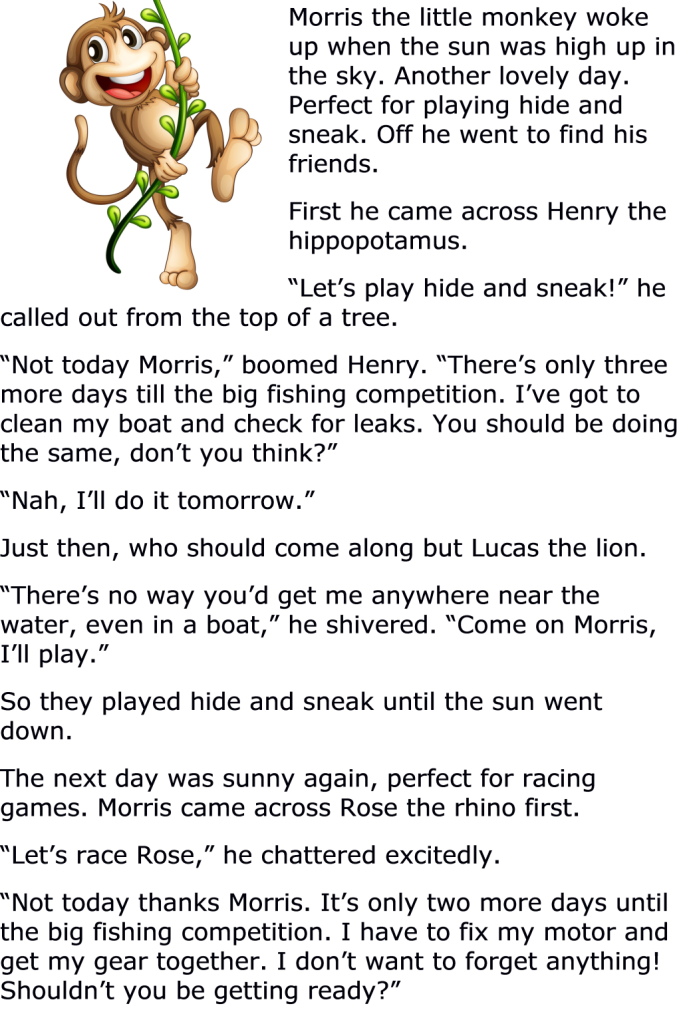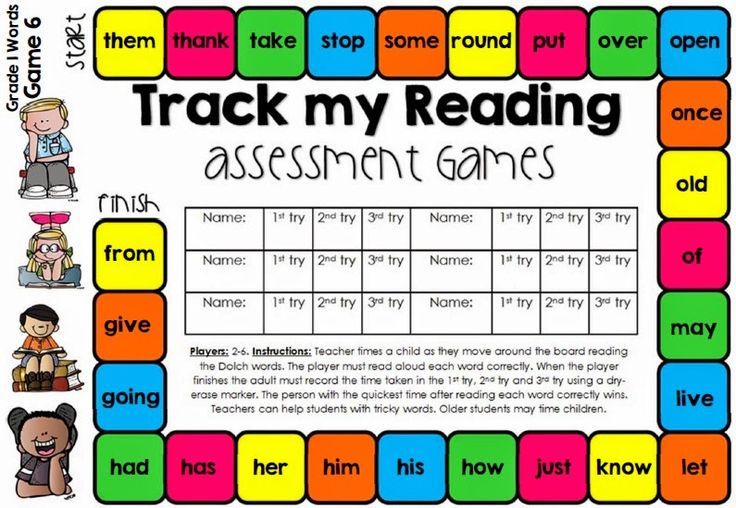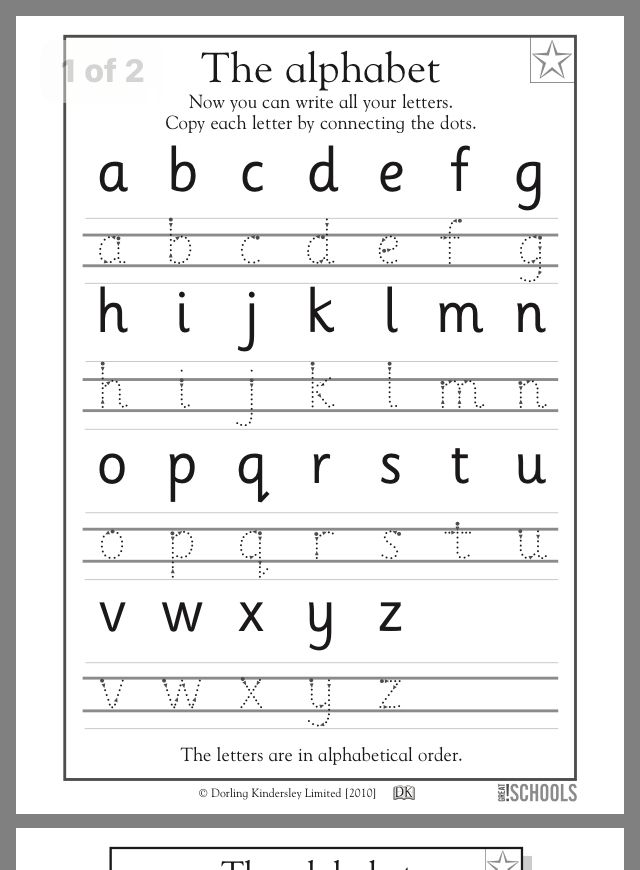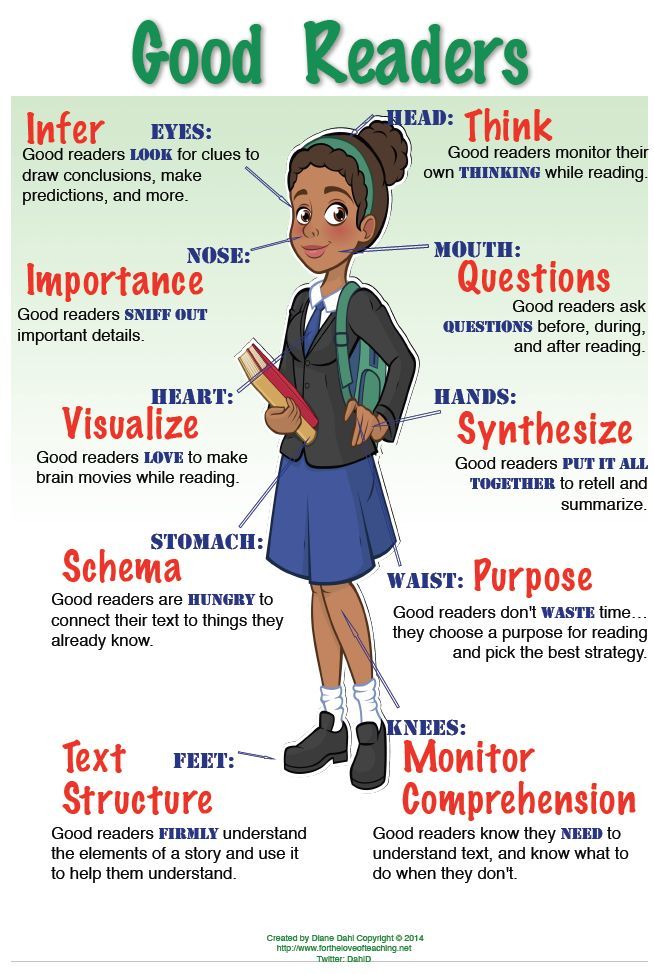Lexile level second grade
Lexile levels: How to use this tool to understand your child’s reading skills
You might have seen it printed on the back of a book, inside a publisher’s catalog, or on a child’s progress report: a series of numbers and letters called a Lexile. What are these codes, and how do they apply to your learner?
Let’s demystify the Lexile system and learn how Lexile measures serve as a valuable tool to support your child’s reading growth.
What is a Lexile measure and why is it important to parents?
The Lexile Framework for Reading is a system used to match students with texts (books, articles, and other reading material), regardless of grade level. It takes a scientific approach to measuring reading levels. Its numeric measures can apply to both reader and text:
Lexile text measures reflect the readability of an individual book based on an analysis of word frequency, sentence length, and text complexity.
Lexile reading measures reflect a child’s ability to read texts in a certain range of difficulty.
When you know your child’s Lexile measure, you are better able to select books that will be “just right” for them: not too easy, not too tricky. This way, you can avoid picking inaccessible books that will leave them feeling discouraged, or too-simple books that will leave them bored and looking for something else to read!
What does the number in a Lexile measure mean?
Understanding a book’s Lexile measure code, which usually consists of a number followed by the letter L, is fairly intuitive: lower numbers mean that the material is simpler and easier to read, while higher numbers denote more complex and difficult texts. For example, Green Eggs and Ham has a Lexile measure of 210L, but The Great Gatsby clocks in at 1070L.
However, you can’t go on Lexile measures alone. The Grapes of Wrath often taught in high school, has a Lexile measure of 680L, while Charlotte’s Web, an elementary school staple, has the same Lexile measure. Both books feature a simple, clear writing style, but The Grapes of Wrath contains advanced concepts and themes more appropriate for older readers.
Both books feature a simple, clear writing style, but The Grapes of Wrath contains advanced concepts and themes more appropriate for older readers.
When applied to your child, Lexile measures work the same way: a lower number means they should be reading books with less text complexity and a higher number signals that they need something more challenging.
An exception is BR, or Beginning Reader, Lexile measures—higher numbers are assigned to simpler books and earlier readers, while lower numbers represent trickier books and more advanced readers as they approach 0L. A book rated BR300L will be easier to read than one rated BR100L.
What do the letters in a Lexile measure mean?
In addition to Beginning Reader Lexile measures (BR), there are several letter codes you might encounter at the beginning of a Lexile measure:
AD: Adult Directed. These books are meant to be read aloud to children.
NC: Non-Conforming. These books contain content appropriate for advanced readers who are still on the young side.

HL: High-Low. These books are engaging for older students who need less complex texts.
IG: Illustrated Guide. These are nonfiction reference texts.
GN: Graphic Novel. These are comic books and graphic novels. If your child loves comics more than anything else, you can still find ones that will provide an appropriate reading challenge!
NP: Non-Prose. These are songs, plays, poems, and anything else besides a traditional prose book.
What is the scale of Lexile measures?
Lexile reader measures and Lexile text measures help narrow down reading ability and text complexity to match readers with appropriate books at all grade levels. There is no “correct” Lexile scale or range for your learner’s age or grade. However, according to an analysis published by the Lexile Framework for Reading, the correspondence of Lexile student measures to grade levels, based on the 50th-90th percentile range and measured at the end of the school year, are as follows:
Kindergarten: BR160L - 150L
1st Grade: 165L - 570L
2nd Grade: 425L - 795L
3rd Grade: 645L - 985L
4th Grade: 850L - 1160L
5th Grade: 950L - 1260L
6th Grade: 1030L - 1340L
7th Grade: 1095L - 1410L
8th Grade: 1155L - 1470L
9th Grade: 1205L - 1520L
10th Grade: 1250L - 1570L
11th Grade: 1295L - 1610L
12th Grade: 1295L - 1610L
Remember that although these numbers represent typical Lexile measures at different grade levels, Lexile measures vary more broadly within each grade. If your young learner’s Lexile measure is far above or below the typical range, you can seek reading materials with Non-Conforming or High-Low Lexile measures that will be enjoyable as well as appropriate for their reading ability.
If your young learner’s Lexile measure is far above or below the typical range, you can seek reading materials with Non-Conforming or High-Low Lexile measures that will be enjoyable as well as appropriate for their reading ability.
How to assess your learner’s Lexile level
Lexile levels are assessed in school through classroom assessments and standardized tests. Ask your child’s teacher if they have assessed Lexile measures, and if so, if they are able to share this information with you, as school’s policies regarding assessment data vary.
Keep in mind that although some schools assess Lexile measures, others use different assessments to determine a child’s reading level, and may not have Lexile measure data to share.
If you are able to view your child’s Lexile measure, it is important not to refer to this assessment result as a Lexile score; it is not intended to measure achievement, and treating it like a “test” can cause undue anxiety for kids and parents alike.
How to use lexile levels to help select appropriate reading material
If you have determined your child’s Lexile measure, it’s now time to help them find books they’ll love! Some books have Lexile measures printed on the jacket; Lexile measures for other books can be found on publisher websites and other online databases. A recommended Lexile text range is 100L below to 50L above your young learner’s Lexile reading measure.
Once you have determined an appropriate range, search for books with topics, content, and themes that interest your child. An easy way to do this is to use an online database and filter search results for the Lexile range you have determined. You’ll find that there are books available at every Lexile level that will capture your child’s interest and imagination!
Feel free to involve your learner in the process. Remember to discuss their Lexile measures in a neutral tone and treat the numbers like those in a matching game; you want your child to be able to express their reading preferences without feeling pressure to pick something “higher. ”
”
Following these guidelines will allow you to choose “just right” books that pose a healthy challenge to your child, but are within or not too far outside of their comfort zone. That way, kids are freed up from unnecessary difficulties and are better able to focus on reading comprehension, learning, and enjoyment.
Reading assessments, reading tutoring, and more with Outschool
If you want to take your children's reading to the next level, Outschool can help. Find classes for anything you need.
Get a reading assessment for your child
Try a phonics class or reading class
Get reading tutoring or writing tutoring
Sign up your kids for an online book club
*This article was originally published in July 2020 and was updated in November 2022.
Outschool Staff
2nd Grade / Fountas and Pinnell Reading Level Chart
-
Reading Levels
Grade Levels
A
K
B
K
1
C
K
1
D
1
E
1
F
1
G
1
H
1
2
I
1
2
J
2
K
2
L
2
3
M
2
3
N
3
O
3
4
P
3
4
Q
4
R
4
S
4
5
T
5
U
5
V
5
W
5
English language class 2 | How to learn English from another class
December 6, 2022
read
Change of statistics:
- Grammar topics
- Basic phrases and vocabulary in class 2
- It’s better to master the form of learning
- What is a classmate to blame for before the end of fate?
- Visnovok
Hey guys! If you have read the previous article about the first class students, then you already know what to talk about, but if not, then we can discuss why it is better to start learning English language in another class. Let's analyze the main words that virazi, yakі enter the school program, z'yasuєmo, like the form of learning is better to zastosuvat that one can know a friend of a class to the beginning of the beginning of rock.
Let's analyze the main words that virazi, yakі enter the school program, z'yasuєmo, like the form of learning is better to zastosuvat that one can know a friend of a class to the beginning of the beginning of rock.
Why is it better to start learning English language from a classmate?
As your child learns language from the first class, the cob of new school rock will pass smoothly. Aje learning starts from the alphabet and the rules for reading in English language.
Even if you only start to know English, then literally in a month you will discover the alphabet and basic reading skills. Also, before the cob of the initial fate, there was a trace of respect based on the English language.
The program of another class is composed of grammatical and lexical material. We chose the main concepts:
Grammar topics
- The German word “buti” is the form of the German word “to be” in the present hour.
- "have got" structure.

- Associated borrowers, associated officers.
- Numbers and serial numbers. Rahunok up to 100.
- Rules for the adoption of a plurality of names.
- Receivers of the mission.
- Rules for choosing the marked and unmarked articles.
- Modal German "can".
- Present Simple Hour.
- Nutritional words, special nutrition in the present simple hour.
- Custom borrowers "this/these", "that/those".
- Special requests for the current extended hour.
- Present continuous hour.
Basic phrases and virazi in class 2
- Acquaintance
Hello! Goodbye!
What's your name? – My name is…
How are you? – I'm fine, thank you.
How old are you? – I'm seven.

I'm a boy/girl.
This is my friend.
- Colori
It's yellow / green / blue / red / orange / pink / black / brown / gray / white / purple.
My favorite color is (blue).
What color is it?
- Motherland
This is my family. This is my mum / mother / dad / father / brother / sister / grandmother / grandfather.
I have got a (mother).
- School
I have got a book / pen / pencil / rubber / ruler / bag / pencil case.
This is my (pen).
My (pen) is (blue).
- My dim
This is my home.
This is my room / house.
M y (room) is big / small.
M y (chair) is (brown).
What's this? – It’s a house / chair / table / radio / bed / kitchen / bedroom / living-room / bathroom / window / door / floor.

I have got a bed / table / chair / TV / shelf.
Where is (the chair)? - It's on / in / under / next to (the table).
- toys
What have you got? - I've got a ball / doll / plane / car. I haven't got drums / a guitar / soldier / ballerina.
He / She's got a train / boat / teddy bear. He hasn't got a bike / kite / puppet.
This is my (car). It is (red) and (small).
Where is the (ball)? - It's under / on / in the (table).
- Vminnya
I can run / jump / play / climb / swim / eat / drink / dance / sing.
I can't fly.
Can you jump? – Yes, I can. / No, I can't.
- Body parts
I have got eyes / ears / a nose / a mouth / legs / hands / dark hair / blond hair.
I have got (brown) eyes and (long) (dark) hair. My nose is small.

- Creatures
I have got a cat / dog / parrot / rabbit / mouse / hamster / tortoise.
This is a monkey / elephant / crocodile / bird / duck / chimps / frog / horse.
My favorite animal is (a cat).
This is my (cat).
It is (big) and (black).
It has got (a nose).
It can (run).
- Cutter
What's your favorite food? – My favorite food is pizza / cake / biscuits / fish / chips.
I like apples / bananas / bread / juice / milk / eggs / cheese / chocolate / tea.
I don't like ice-cream / chicken / hot dogs.
- Weather that pori roku
What's the weather like? – It is sunny / cloudy / rainy / snowy / windy / hot / cold.
I like summer / autumn / winter / spring.
- Odyag
I'm wearing a hat / jacket / coat / T-shirt / skirt.

He/she is wearing jeans / socks / boots / shorts / shoes.
How to learn the form better zastosovuvati
At the first stages of training, you will have both individual lessons with a tutor, as well as group lessons with other children. Mustache to lie in the temperament of the child and її іndivіdualnyh idiosyncrasies.
Employment at school, as it seems, does not convey an individual approach to skin training and the tempo of training, also, as the success of a child deprives you of the best, or if you are not enrolled in a school program, then we recommend the English language course for English. By stretching the course, your child will be able to recognize a lot of new words, learn grammatical constructions and learn, speak, speak.
Read also
Can you change a Complex Object into a Complex Subject?
How to learn English language from the 2nd class independently?
- Try to learn the English child at home.
 If your little one loves to read books, read books in English at once overnight. Cultivate the family tradition.
If your little one loves to read books, read books in English at once overnight. Cultivate the family tradition. - Colored comics is also a great way to speak language. For those little ones, come up with comics about other characters, for those who are older, come up with original comics based on English grammar.
- Listen to love songs English in the car on the way to school, it will be better, because you will be at once from a child to sing along.
- Learn tea in English . To sit down at the table lyalok and plush bears, explain to children, what is a five-o-clock, tell about the traditions of England, the queen. Prompt to speak English, like the help of the royal family.
- Walking to the store , tell the kids to call everything you put in the cat in English.
- New Year's Eve, propagate for hope write a sheet not only to Didov Frost, but to his American relative, Santa Claus .
 English, obviously.
English, obviously.
What is a classmate to blame for before the end of fate?
Until the end of another fate, the child is obliged to master the following skills:
- Write the letters , know the order in the alphabet.
- Write words from the topics covered.
- Keep your speech simple for a clear or complete speech with the necessary words.
- Read short texts , which are composed of simple words, after listening to them in front of the recording.
- Understand the basic understanding simple explanations, prompted by familiar words, based on pictures.
- Take part in simple dialogues , learn to greet and say goodbye, to ask for food about yourself, and also to keep simple rozmov on the same topics: "Motherland", "School", "Working Day", "My Dim"
Read also
How well do you understand Internet slang?
Visnovok
Learn at once from a child the format of learning English language, practice my yakomoha more often and do not forget about homework!
Let's hope, our list of grammatical and lexical topics will help your child in learning, and you know what to do with respect.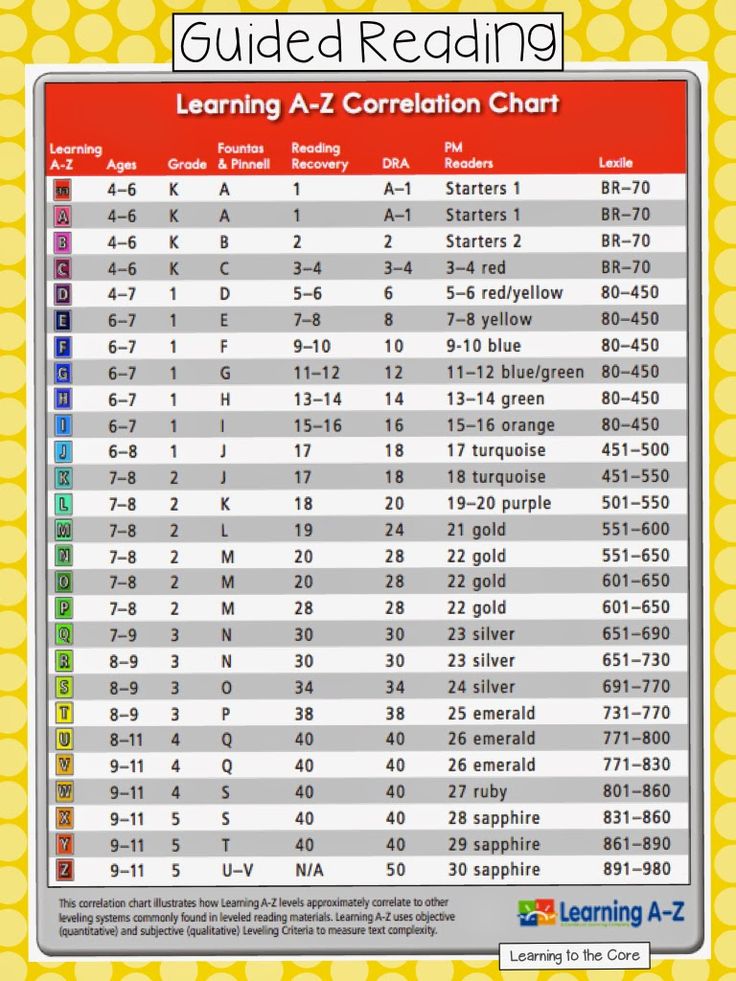
Good luck with your English and your kids!
Great and friendly motherland Englishdom
Author
Ivanova. E
Rating of the article:
Thank you, your vote of rewards
what a child should know and be able to do
End of the school year: marks are set, diaries are signed. It's time to check how well the child has mastered the school curriculum. Today we will figure out how to determine the success of a second grader.
Marina Dukhanina - teacher Allright.io
Recall that not everywhere a foreign language is studied from the first grade. Quite often, especially in secondary schools, English is introduced from the second year. What is the difference? A first-grader who has taken English will have an easier time mastering the program in the future. If a child does not have basic knowledge, he will have to master the alphabet and basic reading skills in just a month.
If a child took English in the first grade, his results by the end of the second year should not differ much. Consider the main achievements:
1. Skills and abilities:
– Write letters, know their order in the alphabet
– Write words from conversational topics covered
– Copy sentences from the sample (copying)
– Make up your own simple sentences according to the model or complete the sentences with the right words.
- Read words of one or two syllables, know the basic letter combinations.
- Read short texts consisting of simple sentences after listening to them in recording .
- Recognize by ear small texts and statements built on familiar material, mainly based on pictures .
- Participate in simple dialogues, be able to say hello and goodbye, answer questions about yourself, and also keep up a simple conversation on an everyday topic: “Family”, “School”, “Working day”, “My home” using simple sentences and set phrases
- Make up a short story about a family, house, animal modeled on for 5-6 sentences
2.
 Basic words and expressions:
Basic words and expressions: The main conversational topics are repeated from class to class, every year. In the second grade, the child will repeat what he learned in the first grade, gradually adding new words and expressions.
Do not ask your child to tell you the rule: at an early age, grammar is given only in the form of ready-made phrases.
🤝 Introducing
Hello! Goodbye!
What's your name? – My name is…
How are you? – I'm fine, thank you.
How old are you? – I'm seven.
I'm a boy / girl.
This is my friend.
🎨 Colors
It’s yellow / green / blue / red / orange / pink / black / brown / gray / white / purple.
My favorite color is (blue).
What color is it?
🔢 Numbers from 1 to 10
👪 Family
This is my family. This is my mum / mother / dad / father / brother / sister / grandmother / grandfather.
I have got a (mother).
🏫 School
I have got a book / pen / pencil / rubber / ruler / bag / pencil case.
This is my (pen).
My (pen) is (blue).
🏡 My home
This is my home.
What's this? - It's a house / chair / table / radio / bed / kitchen / bedroom / living-room / bathroom / window / door / floor.
I have got a bed / table / chair / TV / shelf.
This is my room / house.
My (room) is big / small.
My (chair) is (brown).
Where is (the chair)? – It's on / in / under / next to (the table).
🎮 Toys
What have you got? – I've got a ball / doll / plane / car. I haven't got drums / a guitar / soldier / ballerina.
He / She's got a train / boat / teddy bear. He hasn't got a bike / kite / puppet.
He hasn't got a bike / kite / puppet.
This is my (car). It is (red) and (small).
Where is the (ball)? – It's under / on / in the (table).
💃Skills
I can run / jump / play / climb / swim / eat / drink / dance / sing.
I can't fly.
Can you jump? – Yes, I can. / No, I can't.
👐 Body parts
I have got eyes / ears / a nose / a mouth / legs / hands / dark hair / blond hair.
I have got (brown) eyes and (long) (dark) hair. My nose is small.
🐯 Animals
I have got a cat / dog / parrot / rabbit / mouse / hamster / tortoise.
This is a monkey / elephant / crocodile / bird / duck / chimps / frog / horse.
My favorite animal is (a cat).
This is my (cat).
It is (big) and (black).
It has got (a nose).
It can (run).
🍎 Food
What’s your favorite food? – My favorite food is pizza / cake / biscuits / fish / chips.
I like apples / bananas / bread / juice / milk / eggs / cheese / chocolate / tea.
I don’t like ice-cream / chicken / hot dogs.
🌞 Weather and seasons
What's the weather like? – It is sunny / cloudy / rainy / snowy / windy / hot / cold.
I like summer / autumn / winter / spring.
👗
I’m wearing a hat / jacket / coat / T-shirt / skirt.
He/She's wearing jeans/socks/boots/shorts/shoes.
At an early age, a personal approach to learning is especially important. The standard program at the school usually does not provide for the individual characteristics of the child, his interests and the level of English proficiency.

